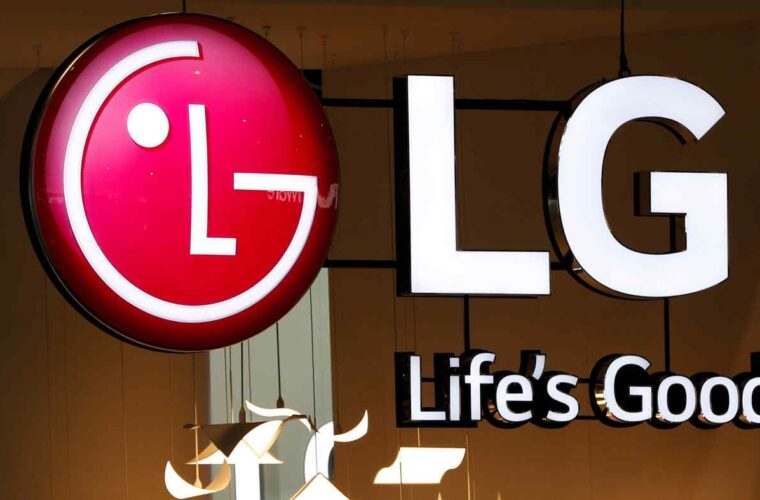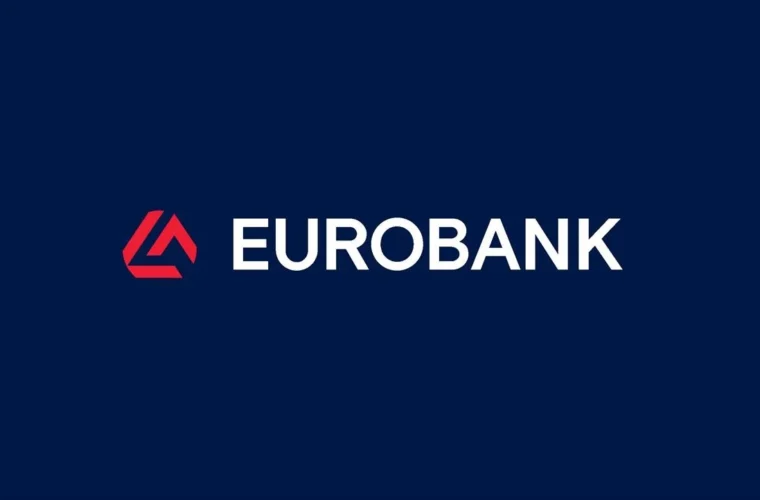Titanium on the two top-rated iPhones, a camera like no other on the Pro Max, new colours for the iPhone 15 and a USB-C port on all of them. There is no apparent revolution, but many small innovations that, on the whole, improve the usability of the devices. The traditional September event at Apple Park dedicated to iPhones is a manifesto of the transition the company is going through in terms of sustainability.
Unlike in the past, there were several clips and lengthy explanations of the ongoing change that winks at the environment. Apple aims to achieve climate neutrality of the entire production chain by 2030 and eliminate plastic from its packaging, which already consists of 99% fibre. For this reason, new fabrics such as FineWoven (composed of 68% recycled materials), which characterises the accessories of the Apple Watch line, the first branded ‘carbon neutral’ by the Cupertino company, will no longer use leather, thus further reducing greenhouse gas emissions. For years committed to the green revolution, Apple used 100% recycled cobalt, copper and gold for the iPhone 15 series.
If products are at the heart of every company, the iPhone for Apple is still and always has been the golden goose. Despite the fact that the smartphone market is declining due to several factors (inflation and less money available to the average family, which is lengthening the average time after which they change their phone), iPhone remains unattainable for all other brands and is responsible for about 50% of Apple’s annual revenue. The proof is in the second quarter of the fiscal year, when Macs, iPads and other devices saw a drop in sales. While selling less in units, the iPhone continued to increase revenues ($51.33 billion compared to the expected $48.66 billion and $50.57 billion twelve months earlier in the same time frame).


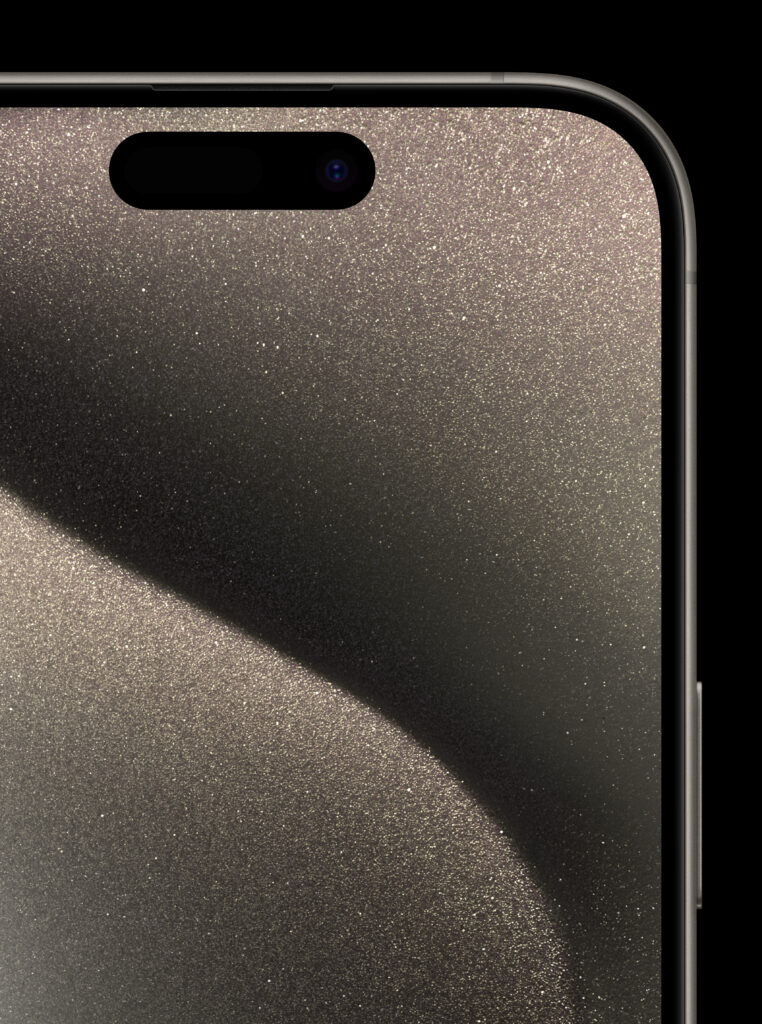

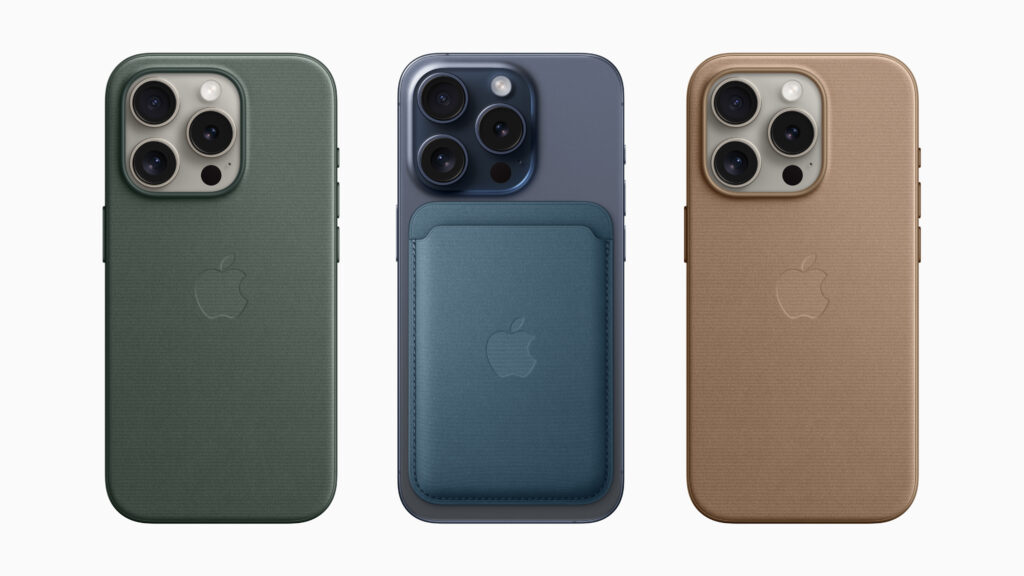
iPhone 15 Pro – iPhone 15 Pro Max
Right off the bat, the iPhone 15 Pro and iPhone 15 Pro Max will likely set another revenue record because, while not as obvious, the innovations on board mark a break from the past. The first concerns the material, with the arrival of titanium on the outer shell that reduces the weight of the top of the range to 221 grams (20 less than the iPhone 14 Pro Max) and 187 grams for the Pro. Note that greater lightness does not affect robustness, as Apple promises greater resistance to bumps and drops. Inside the body is 100% recycled aluminium, which is helpful for dissipating the heat generated by the A17 Pro processor. Inside is also the first with a 3-nanometer architecture and 19 billion transistors, which brings the gaming experience on the smartphone closer to that of the console.
Display sizes remain the same: 6.1 inches for the iPhone 15 Pro and 6.7 inches for the Pro Max. The Action Button replaces the Mute button and is customisable: it remains on the side and, by default, allows you to mute or unmute the ringer, but you can choose which action to associate it within the settings. Thus, through Dynamic Island, you can instantly launch the camera, the torch, Full Immersion mode, call up accessibility functions, perform shortcuts and much more, with the likelihood of new features arriving over time.
New changes made to the new iPhone
The iPhone Pro Max’s rear lenses remain three because Apple prefers shooting versatility to lens multiplication. During the presentation, however, it was said that with the new phones, it is like having seven lenses, highlighting the possibility of alternating as many focal lengths with great quality results thanks to the symbiotic work of processors, algorithms and sensors. The 48-megapixel main sensor adds the triple 24mm, 28mm and 35mm options to the basic one, to which are added the ultra wide-angle (0.5X), 2X zoom and the new telephoto with 5X optical zoom, exclusive to the Pro Max because on the Pro there is the 3X tele.
The new Portrait mode allows the phone to capture the depth of the shot automatically, turning a photo into a portrait even after taking it. Also of note is the ability to make Space Videos, which ties in with the upcoming launch of the Vision Pro. It’s a pity that Apple didn’t intervene in the autonomy by introducing a fast charging system, which stopped at 20 watts.
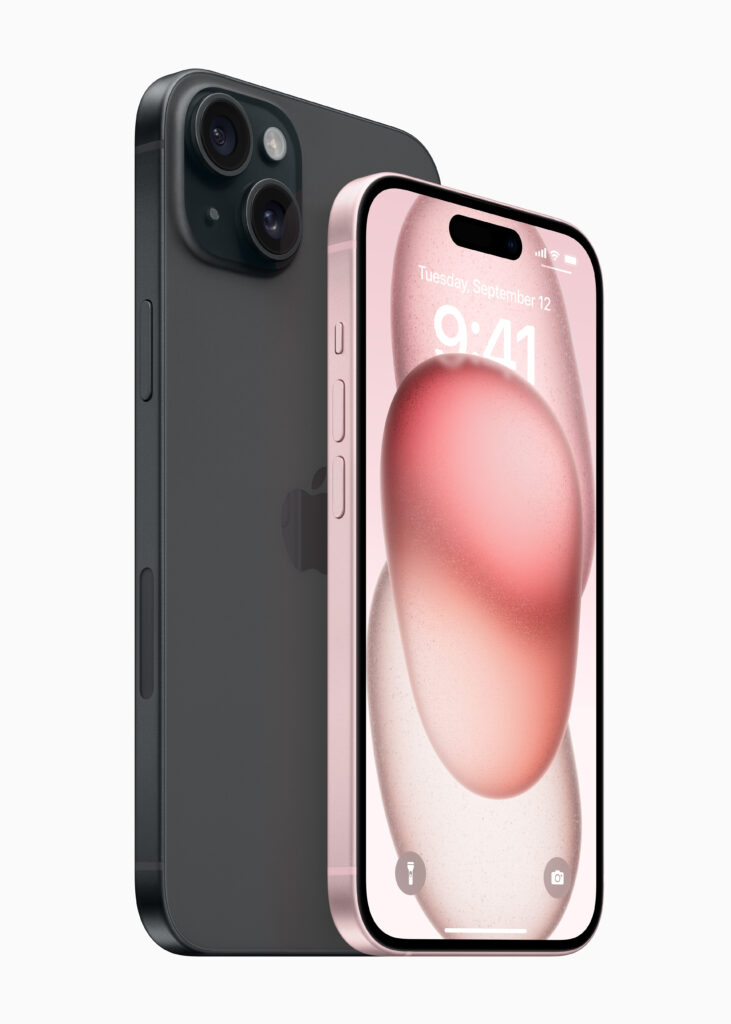

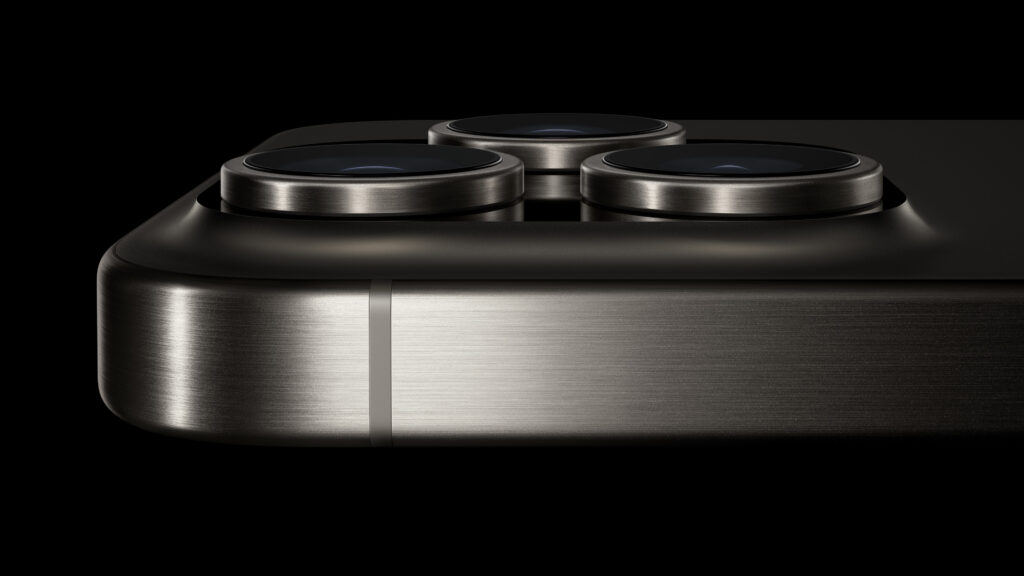

Goodbye Lightning, hello Usb-C port
I didn’t mention it until now, but the new phones are the first iPhones with a USB-C charging port, a novelty expected by virtue of the rules imposed by the European Union in the name of the single charger, which can be used to assign and transfer files on all devices. This is a step forward that should ensure a reduction in the huge amount of electronic waste produced each year. Apple had until 2024 to comply with European rules and retire the Lightning port after eleven years.
Still, it has moved ahead of the times with the iPhone 15 and iPhone 15 Plus, which, from a technical and usability point of view, continue to move further and further away from the Pros. The transfer speed on the latter reaches 10 GB per second, while it is slower on the other two iPhones, on which Dynamic Island arrives on the display. The dual rear camera remains but has a 48-megapixel primary sensor and 2X zoom, expanding the shooting possibilities.
iPhone 15 Pro: Pricing and availability
Available from Friday, 22 September, the iPhone 15 series maintains the same prices in the US as last year. It was a shrewd move by Apple at a complicated time for many families, not least because the choice translates into lower prices in European countries, thanks to the euro-dollar exchange rate. So, while all the brands have continued to raise the costs of their top-of-the-range smartphones, despite the improvements made, Apple is once again bucking the trend by opening up a path that it hopes others will follow.
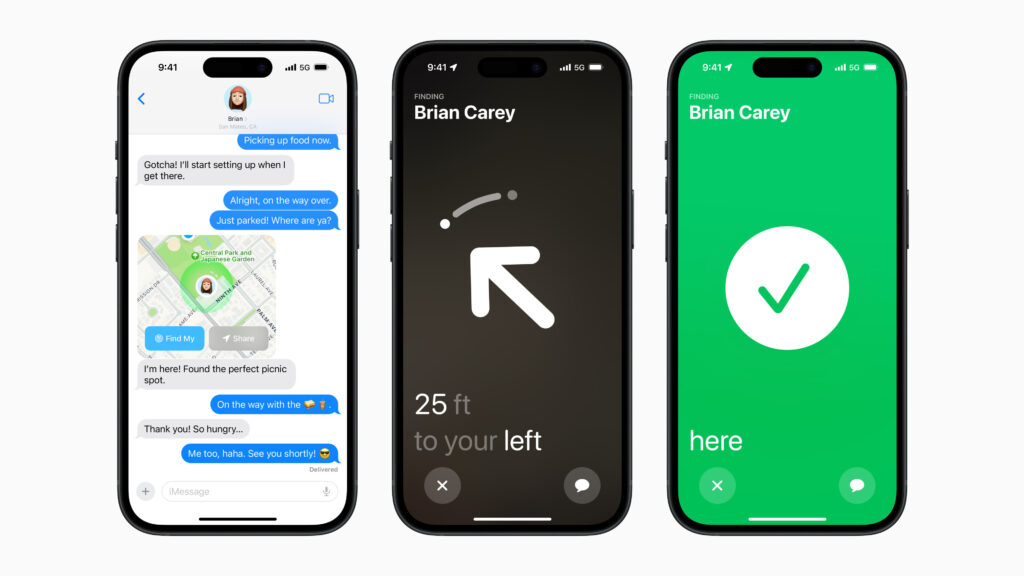
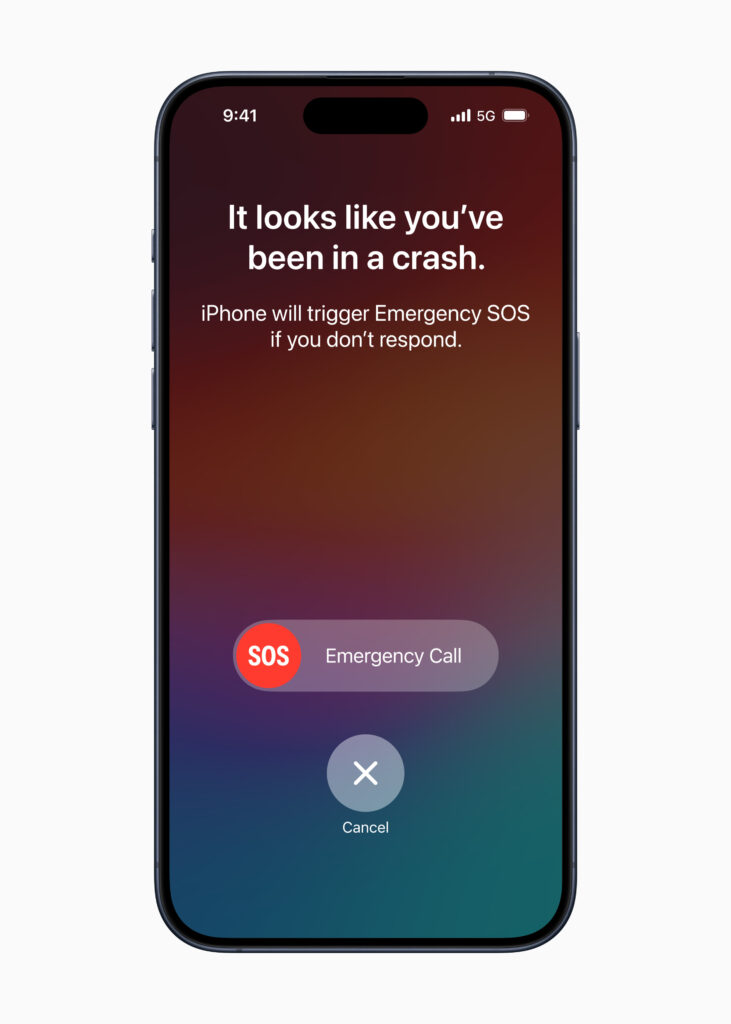


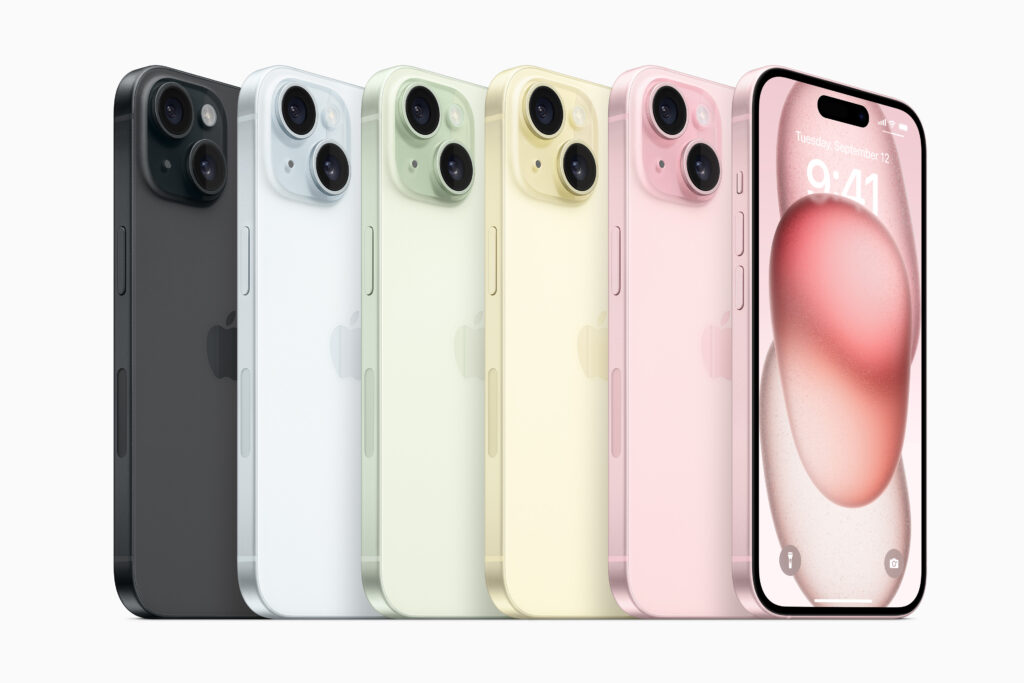
Available in black titanium, white titanium, blue titanium and natural titanium, the iPhone 15 Pro starts at €1239 (these are prices in Italy because then, in each European country, the figure changes according to the tax system)—iPhone 15 Pro Max at €1489. The former, therefore, costs 100 euros less than the iPhone 14 Pro, while the latter is the same price but comes in the basic 256 GB version, doubling last year’s storage.
Lowered prices in Europe also include the iPhone 15 and iPhone 15 Plus, available in yellow, green, blue, black and the new pink colour (was it the Barbie effect?), on sale from €979 and €1129 (50 euros less than last year). It must be said that Apple also allows iPhones to be bought in instalments or to amortise the cost with trade-in and credit of between €240 and €760 for those who give back an iPhone 11 or later models.
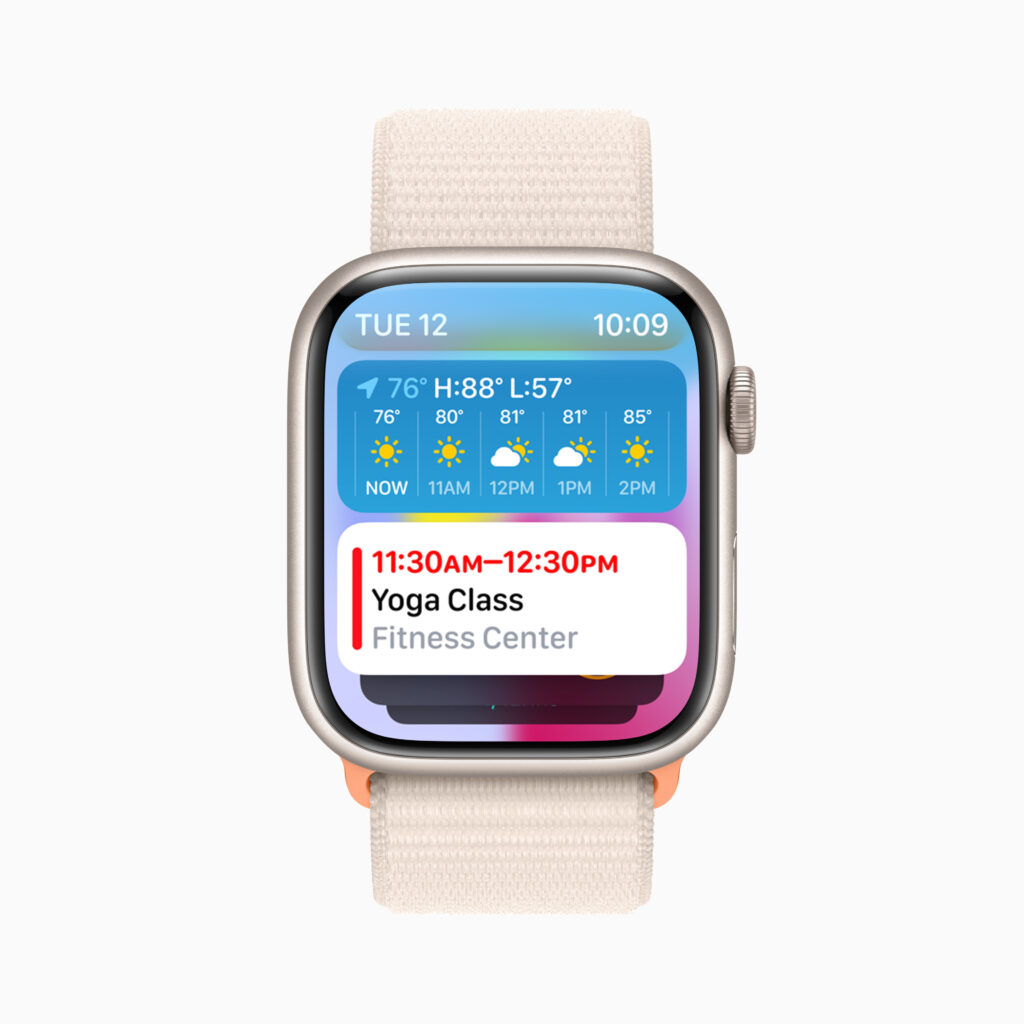
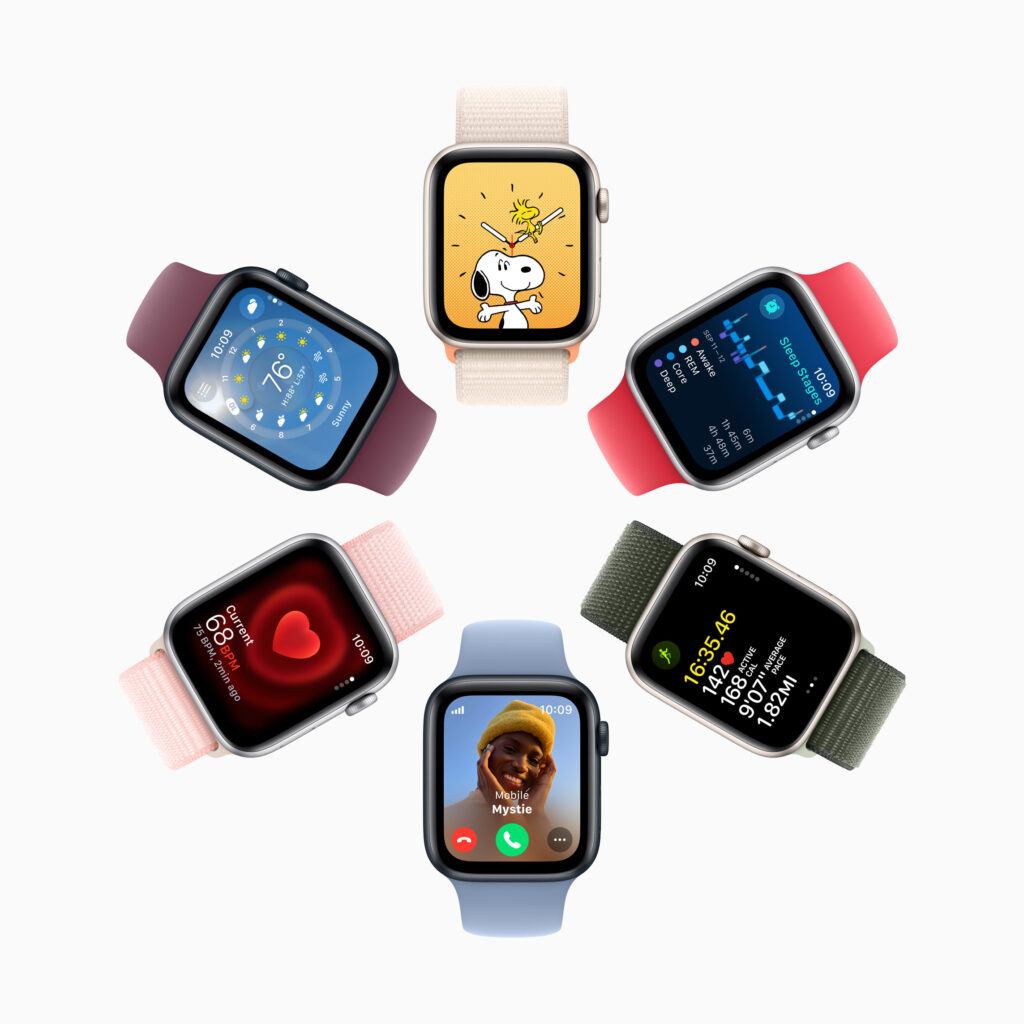

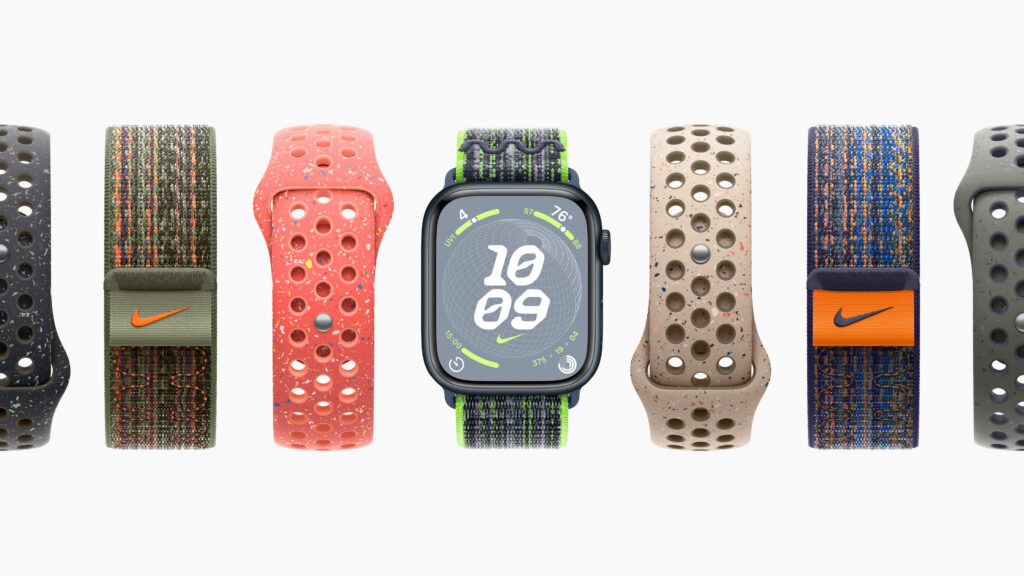

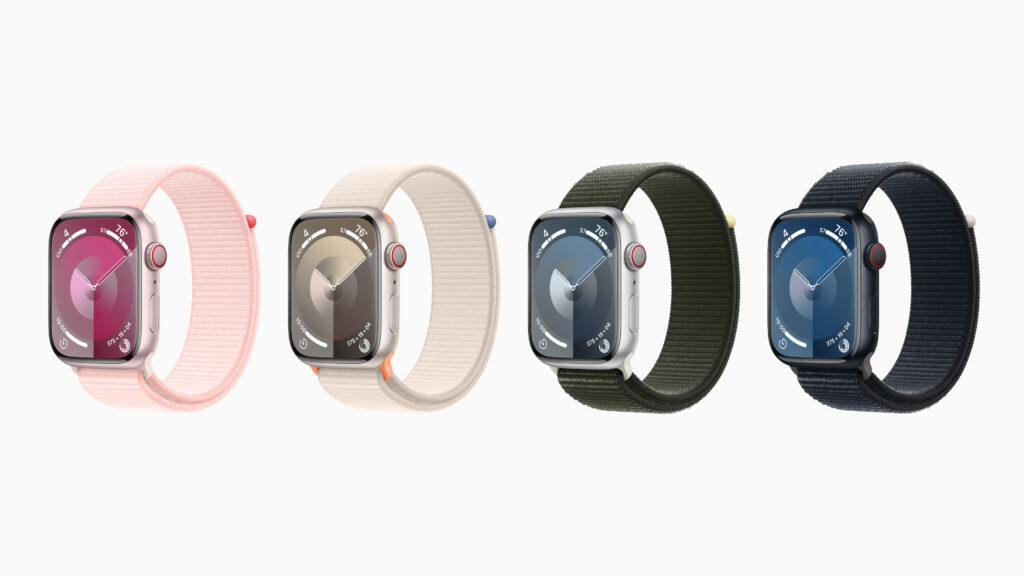
Apple Watch Series 9 and Ultra 2
The impact of the Apple Watch Series 9 has been lessened, which is likely to show a new face on its tenth anniversary next year. In addition to longer battery life, Double Tap is a convenient feature for operating the Watch without touching the display. Simply put the thumb and forefinger of your hand together to perform various actions, such as pausing a timer, stopping a song, postponing the alarm, answering and ending calls, and launching the camera app directly on the Watch.
There are also a few substantial new features for the Apple Watch Ultra 2, which has a very bright screen (3000 Nits) and doubled battery life from 36 to 72 hours when used moderately. Also available from 22 September, the Watch Ultra 2 arrives in Europe at €909, while the Watch Series 9 starts at €459, and the versions made in partnership with Nike and Hermes remain. Also on the launch ramp are second-generation AirPods Pro with MagSafe charging case in USB-C version, on sale for €279.

